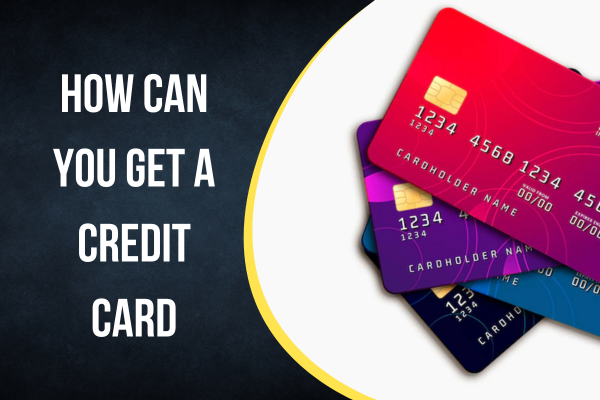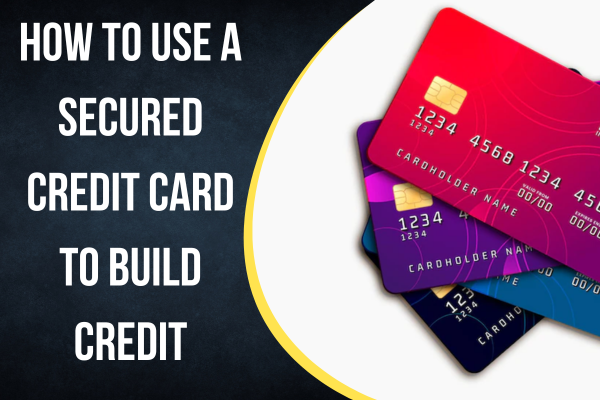Transferring money from a credit card to a bank account can be done using several methods. One way is through a balance transfer, where you move debt from one credit card to another with a lower interest rate. However, some credit card companies may allow you to transfer a balance to a bank account instead, with a fee attached.
Another way to transfer money is through a cash advance, where you withdraw cash from your credit card at an ATM or bank. This option can come with high fees and interest rates, so it’s generally not recommended unless it’s an emergency.
Money transfer services like PayPal, Venmo, and Square Cash are also popular options. These services allow you to transfer funds from a credit card to a bank account but may charge fees for their services.
Direct deposit is another option, where you can set up a direct deposit to your bank account from your credit card company’s online portal or mobile app.
Finally, overdraft protection is an option if you have it in your bank account. You can use your credit card to cover overdrafts, but this will come with fees and interest charges.
Overall, there are several ways to transfer money from a credit card to a bank account, but it’s essential to weigh the costs and benefits of each option before proceeding.
Fortunately, there are several ways to transfer money from a credit card to a bank account, and we’ve outlined some of the most common methods below.
How to Transfer Amount from Credit Card to Bank Account
Balance transfer: A balance transfer is when you move debt from one credit card to another, typically with a lower interest rate. Some credit card companies may allow you to transfer a balance to a bank account instead. However, there is often a fee associated with this type of transfer, so be sure to read the fine print before proceeding.
Cash advance: A cash advance is when you withdraw cash from your credit card, typically from an ATM or bank. This option is usually not recommended, as cash advances come with high fees and interest rates. However, if you need cash quickly and have no other options, this may be a viable option.
Money transfer service: There are several money transfer services available that allow you to transfer funds from a credit card to a bank account. Popular options include PayPal, Venmo, and Square Cash. However, these services often charge fees for their services, so be sure to compare rates before choosing a service.
Direct deposit: Some credit card companies may allow you to set up direct deposit to your bank account. This is typically done through the credit card company’s online portal or mobile app. However, not all credit card companies offer this option, so be sure to check with your specific issuer.
Overdraft protection: If you have overdraft protection on your bank account, you may be able to use your credit card to cover overdrafts. This will typically come with fees and interest charges, so be sure to read the terms and conditions before proceeding.
Also, Check-
- Why Credit Card Application Declined
- Can I Avail of EMI If I Have a Low Credit Score?
- Benefits and Drawbacks of Credit Card EMI
In conclusion,
There are several ways to transfer money from a credit card to a bank account. However, it’s important to carefully consider the fees and interest rates associated with each option before making a decision. If possible, it’s generally best to avoid using a credit card for cash advances or balance transfers, as these options can be expensive and lead to long-term debt.





Leave a Reply